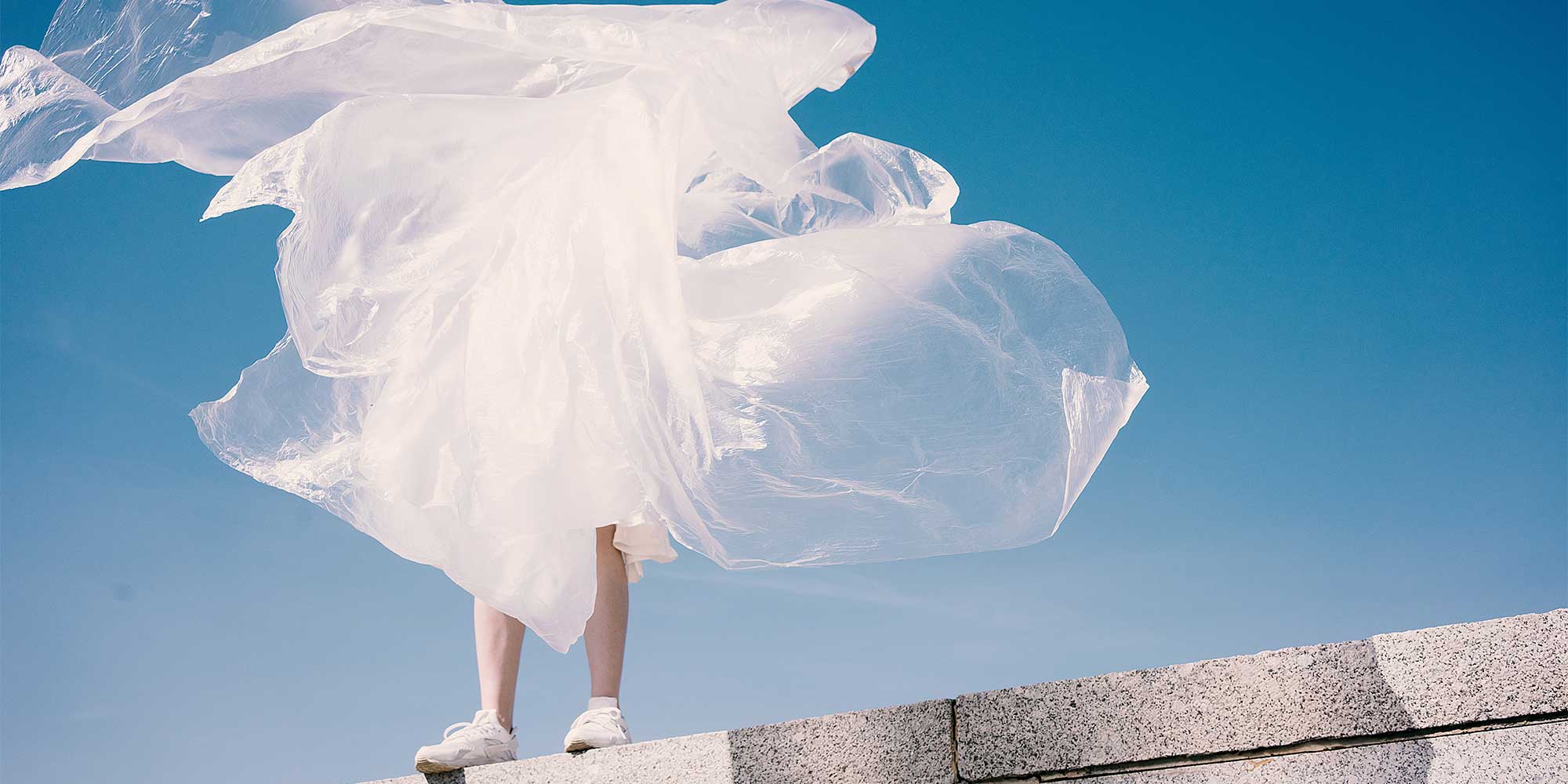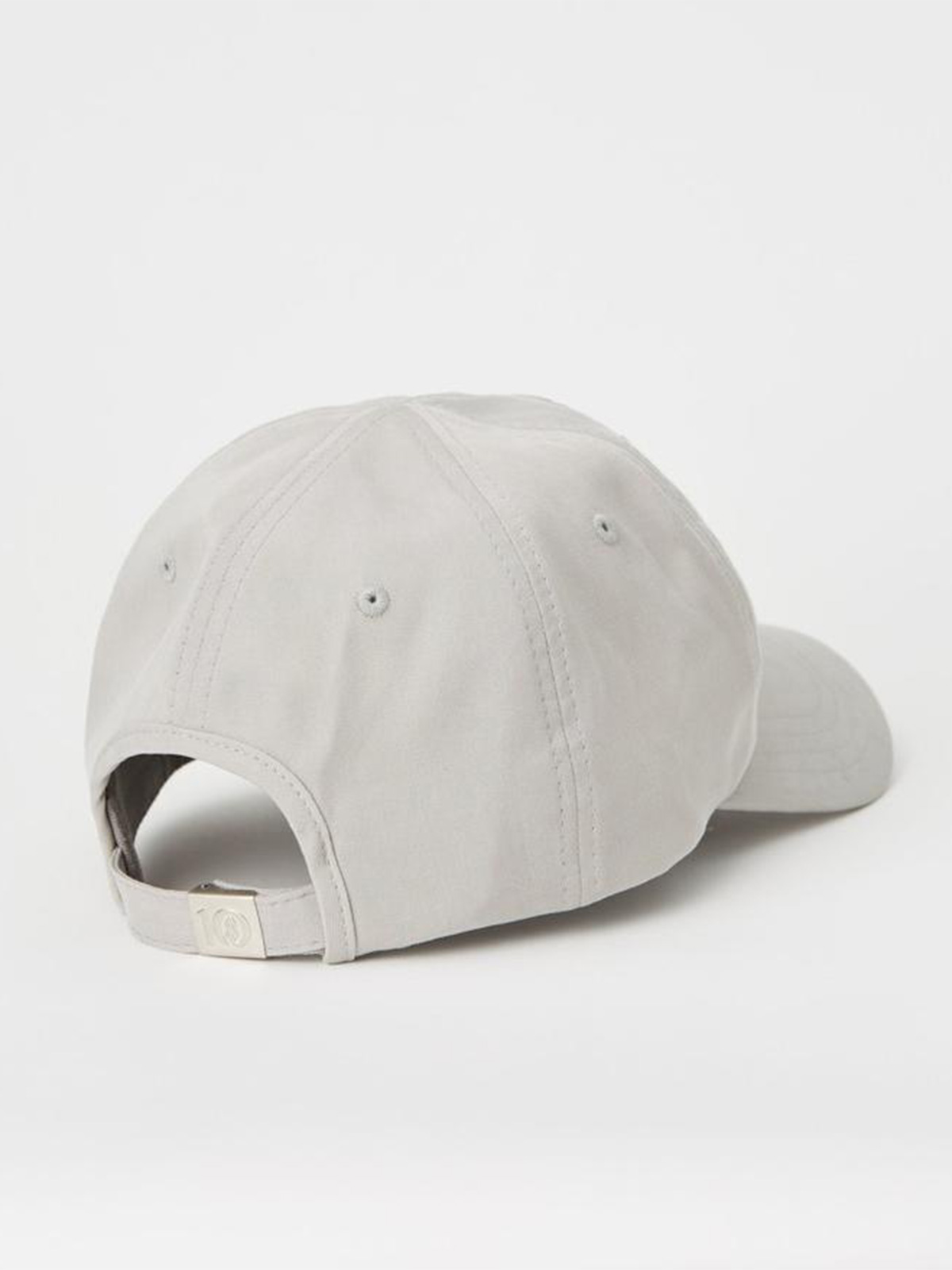There is a lot to consider when it comes to our possessions and what we do when we are finished with them. Questions like “What should I do with this now? What is it made of? What does that triangle mean? Could I reuse this in some way? If it’s compostable does it go into recycling? Is this fabric compostable?” … Sound familiar? Believe us, we hear you! To navigate this conundrum, understanding the distinction between two commonly used terms—upcycling and recycling—is a crucial step to a more sustainable life that addresses our impact on the planet. So let’s dive in and clarify all there is to know about upcycling vs recycling.
What is upcycling?
Upcycling is a form of traditional recycling where items can be repurposed at the supposed end of their use. It means looking for ideas on how things like garments can be used again to ensure we get the most out of the materials. Upcycling involves intercepting items you would normally throw in the recycling bin or have a specific recycling solution for, and instead look to repurpose them and give them a second life. The idea is that an item should exist and be in circulation for a long period of time. This concept is an important shift in our consumer behaviour, particularly to move away from unsustainable systems like fast fashion, where garments are traditionally utilised for a short amount of time and result in numbers like 1/3 of all clothing ending up in landfill every year!
A number of great upcycling alternatives include making backpacks out of old jeans, weaving strips of tops together to make shopping bags or hanging plant holders, or using old socks as cloths to clean shoes. It could also be altering a dress with a hole in it so the top half can become a standalone shirt! We can even consider shopping second hand as a form of upcycling, by keeping clothing in circulation for longer and stopping it from ending up in landfill while it still has a purpose.
Thankfully, with so many ways to upcycle using our clothing and fashion items, it is the perfect creative outlet and activity to share with family or friends to collectively reduce our impact.
Upcycling is a form of traditional recycling where items can be repurposed at the supposed end of their use. It means looking for ideas on how things like garments can be used again to ensure we get the most out of the materials.
What is recycling?
Recycling is the sorting and processing of items in order to reuse materials in their current form to be made into a new product. A recyclable material is often readjusted, altered, melted. and broken down. This concept places value on the resources which make up our products, and follows a circular model of: use → recycle → reuse.
Unlike upcycling, breaking down materials in a recycling system is emissions intensive and reinforces the unfortunate societal norm that says an item can be disposable after one use. This is where upcycling becomes a much more appealing—and sustainable—option.
In the fashion industry, fabrics and textiles have not traditionally been the easiest items to recycle, and there remains a lot of confusion around how to recycle clothing. With this issue under the spotlight and upcycling being preferential to recycling, more and more recycling solutions are emerging to divert clothing from landfill, which look to make recycled fabric garments. These are great steps towards shifting the system from a linear, process driven approach to a circular one.

Key actions for upcycling
- Host an upcycling (clothes swap equivalent) event, where friends can come and create new items out of things you are finished with (think face masks out of socks or weaving with strips of fabric!)
- Before throwing something away, try to visualise how you could use it again. If you are unsure, collect those items and do an online search and see what alternatives you can find—there are loads of hacks out there for upcycling
- Visit an alterations shop or DIY repair your clothes, turning damaged or worn clothes into new clothing items (e.g. jeans into shorts if the hem is worn, or a dress into either a skirt or top if a particular part of the garment is worn out)
- Get to know the upcycling options for your clothing
Key actions for recycling
- Avoid throwing your clothing into the general waste bin. If the item is in reasonable quality, take it to a second hand store for it to be reused there
- Look for local organisations who can recycle your fabrics. companies such as Upparel are popping up everyday, offering a legitimate, reliable recycling solution for your clothing
- Understand the fabrics of your clothing and their ability to be recycled (.eg. linen vs polyester will determine how you recycle specific garments)
- Learn which companies or brands are recycling your non-salvageable items
How they work together
Despite the differences between upcycling vs recycling, what these concepts jointly call for is an awareness of our consumer choices and responsibility around what we do with our items after we have finished with them. Though reusing and repurposing are key features to this story, reducing should be front of mind in the process, in order to minimise the volume of waste there is to upcycle and recycle in the first place.
Check out these circular fashion brands and brands making clothes out of recycled plastic!
Author bio: Madeleine is an experienced content writer who specialises in all things personal sustainability, environmental awareness, and minimal consumption. She loves using her writing and research to clearly communicate these key solutions to environmental issues, and endeavours to help people do more in their everyday lives to minimise their footprint on the planet. To do this, Madeleine also manages the online platform Our Simple Gestures, and in her spare time loves being outdoors and enjoying life! Find her at LinkedIn, Instagram and at the website.



















